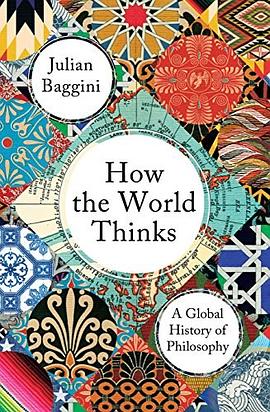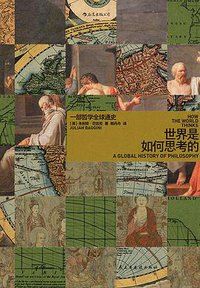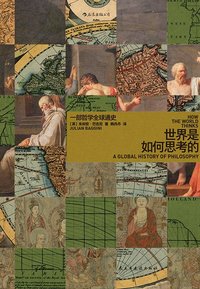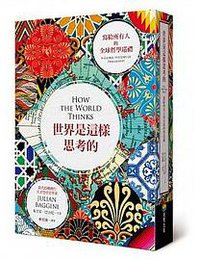
A Global History of Philosophy
Julian Baggini
简介
Julian Baggini's How the World Thinks is there to fill the Sapiens-size hole in your life' Observer's guide to Autumn in culture In this groundbreaking global overview of philosophy, Julian Baggini travels the world to provide a wide-ranging map of human thought. One of the great unexplained wonders of human history is that written philosophy flowered entirely separately in China, India and Ancient Greece at more or less the same time. These early philosophies have had a profound impact on the development of distinctive cultures in different parts of the world. What we call 'philosophy' in the West is not even half the story. Julian Baggini sets out to expand our horizons in How the World Thinks, exploring the philosophies of Japan, India, China and the Muslim world, as well as the lesser-known oral traditions of Africa and Australia's first peoples. Interviewing thinkers from around the globe, Baggini asks questions such as: why is the West is more individualistic than the East? What makes secularism a less powerful force in the Islamic world than in Europe? And how has China resisted pressures for greater political freedom? Offering deep insights into how different regions operate, and paying as much attention to commonalities as to differences, Baggini shows that by gaining greater knowledge of how others think we take the first step to a greater understanding of ourselves.
contents
A Note on Names
Introduction
Prologue: A historical overview from the Axial to the Information Age
PART ONE: HOW THE WORLD KNOWS
1 Insight
2 The ineffable
3 Theology or philosophy?
4 Logic
5 Secular reason
6 Pragmatism
7 Tradition
8 Conclusion
PART TWO: HOW THE WORLD IS
9 Time
10 Karma
11 Emptiness
12 Naturalism
13 Unity
14 Reductionism
15 Conclusion
PART THREE: WHO IN THE WORLD ARE WE?
16 No-self
17 The relational self
18 The atomized self
19 Conclusion
PART FOUR: HOW THE WORLD LIVES
20 Harmony
21 Virtue
22 Moral exemplars
23 Liberation
24 Transience
25 Impartiality
26 Conclusion
PART FIVE : CONCLUDING THOUGHTS
27 How the world thinks
28 A sense of place
Notes
Further Reading
Acknowledgements
Index


